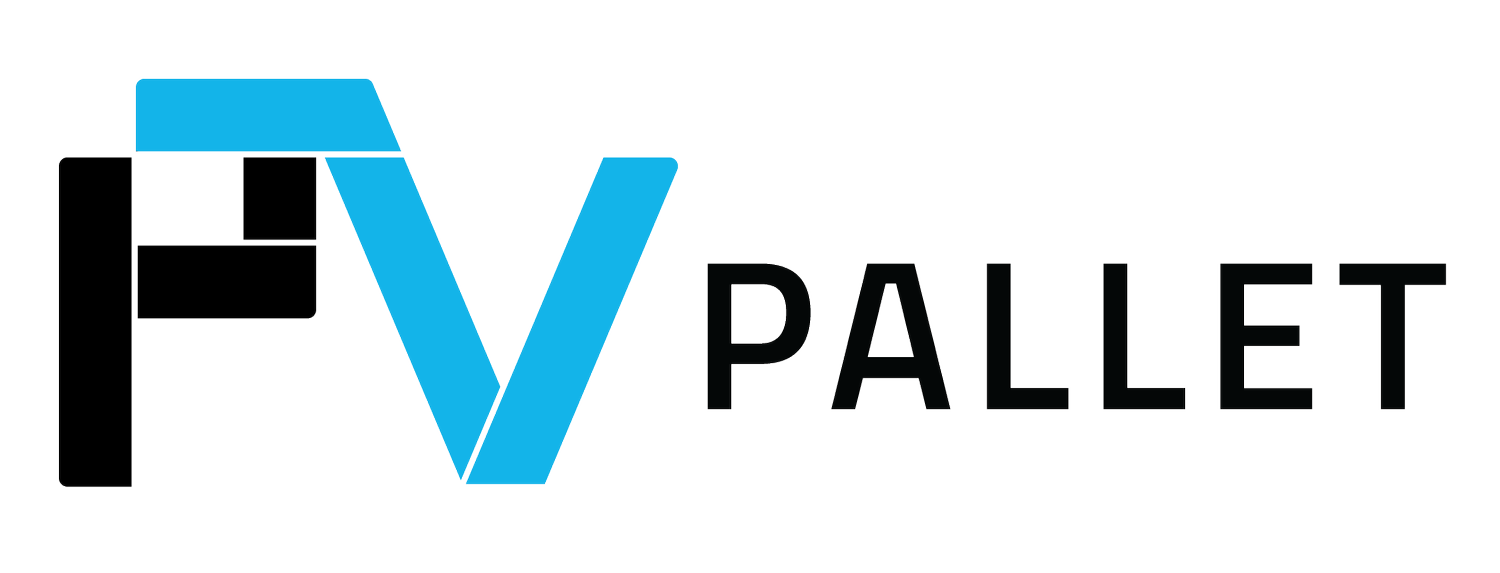PowerFlow Podcast Features PVpallet to Discuss Holistic Sustainability and Solar Packaging
Vanessa Benkert, our Director of Marketing, was invited to be a guest on the PowerFlow Podcast. It was an incredible opportunity to share our story and value proposition to the industry. In the podcast, Vanessa shares her passion for working in the renewable energy field, the power of storytelling and innovation, and an overlooked, yet important piece of the solar puzzle: packaging.
Key Insights
Is Clean Energy Really Clean?
Amy: I think there's a narrative out there that clean energy isn't really clean. So it strikes me that PVpallet is directly addressing part of that concern and saying, “Hey, we can make packaging better and more sustainable.” Is that right?
Vanessa: Yes, we can make packaging better and more sustainable. In the solar industry, we see a lot of innovation and improvement on the tech side of things—making a solar panel more efficient, improving tracking, making battery storage more efficient. But packaging has just gone completely by the wayside when it comes to sustainability. So we're really excited to be in this space rethinking packaging. It’s a win-win all around: it’s safer, more sustainable, and can improve the profitability of companies. We understand that people and organizations don’t often change their habits just to make things more sustainable. There must be other key pain points that you're solving. So we try to move the narrative beyond sustainability to include other areas of improvement like making it easier to use or, made specifically for solar components, stuff like that.
How Does Packaging Impact a Company’s Brand?
Amy: I get that. The vibe of the solar industry in general is so fresh and new. And with a “can do” attitude—We can make a difference. We're very mission driven in reversing climate change, but also in cool new technology and all the stuff you can do with that. And so I love those observations because I think there's even more opportunity in this space than people might think. Sure it’s solar and batteries, but it's way more than that, too.
Vanessa: Exactly. There’s so much to it. Packaging is really fundament—and it has a dramatic impact on the planet. Just think about plastic water bottles. I’ve recently started to see water packaged in cardboard, almost like a milk carton, or in cans, things that can be recycled over and over again. Those options are coming out because we've spent so many years with these water bottles and they just pile up. And so how we think about packaging is essential. It also has a huge impact on someone's brand— far more than they might consciously realize. It’s the same with marketing and design. People notice when it's off, but they don't necessarily know how to identify the problem. Sometimes you walk into a space and you love it and it just makes you feel good. It's like going into a high-end retail store. Everything's laid out so lovely. It's all beautiful and you just feel good when you walk into the space. The way the store is designed makes people feel a certain way about their brand. It’s a similar feeling when you get an Apple computer. You open up that box and it's like a piece of art and you feel like you received something that is worth the price that you paid for it versus if it just came in a crappy cardboard box. Whether you realize it or not, the packaging changes how you think about the product.
It's the same with solar. When a manufacturer delivers solar panels or eBOS equipment to a utility-scale site, it often sits outside for months before it’s installed. When the packaging is made of HDPE it won’t decay—it still looks the same as it did when it arrived. As a result, the brand name on the packaging will have a different quality associated with it. That brand will stand in stark contrast to the cardboard packaging that has started to decay and all the product inside is just spilling over onto the ground. There's an intangible and often subconscious reaction when you have really good packaging associated with your brand.
Amy: Yeah, it's intuitive because, ultimately, our clients are humans and humans feel. I am definitely a very empathic, feeling person, but and also an engineer. So I love it when technology can bridge the gap towards making us feel and experience something in a different way, which is why I love UX design—you know, the user interface on the software side. Everything you're saying translates over to that as well. And I think all of it is this theme that our clients are humans. Humans have to feel it.
Vanessa: Exactly. And from the technology side, it's the same thing. It’s subconscious. You don't necessarily notice it when everything's working great. What you really associate with the brand is when it doesn't work. You're like, why can't I just click right here and make it work? Then you associate that frustration with the brand. But you love the technology that works seamlessly. You may not be able to define why, but it's usually because it's easy. It’s seamless. So we're trying to give that “easy” in the form of packaging to the industry.


